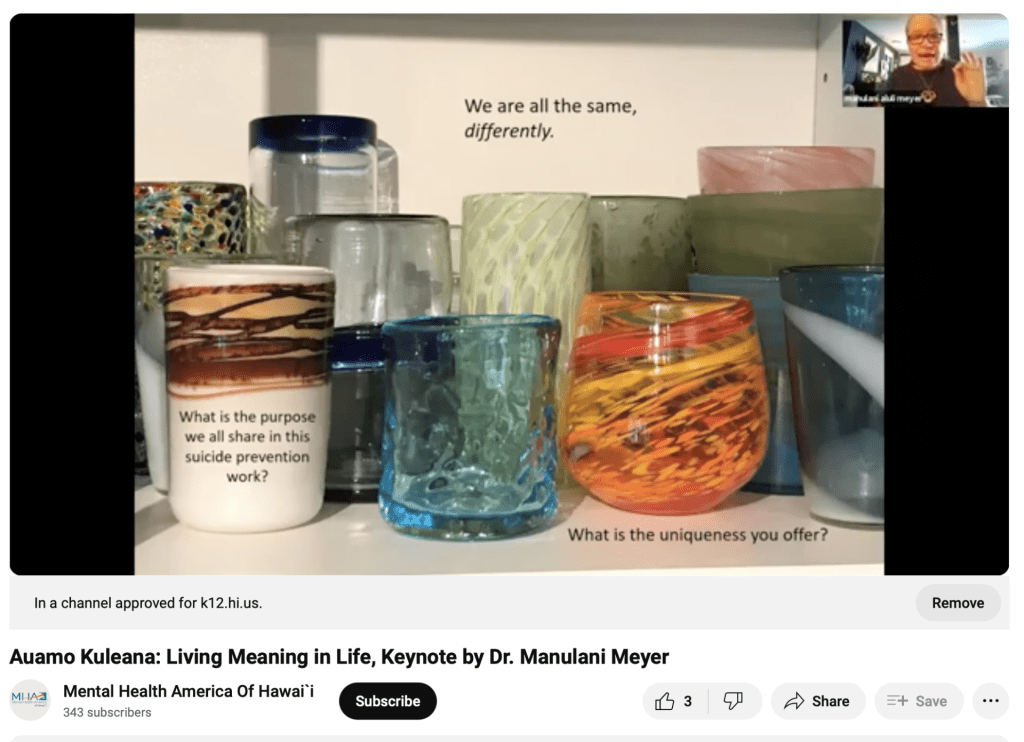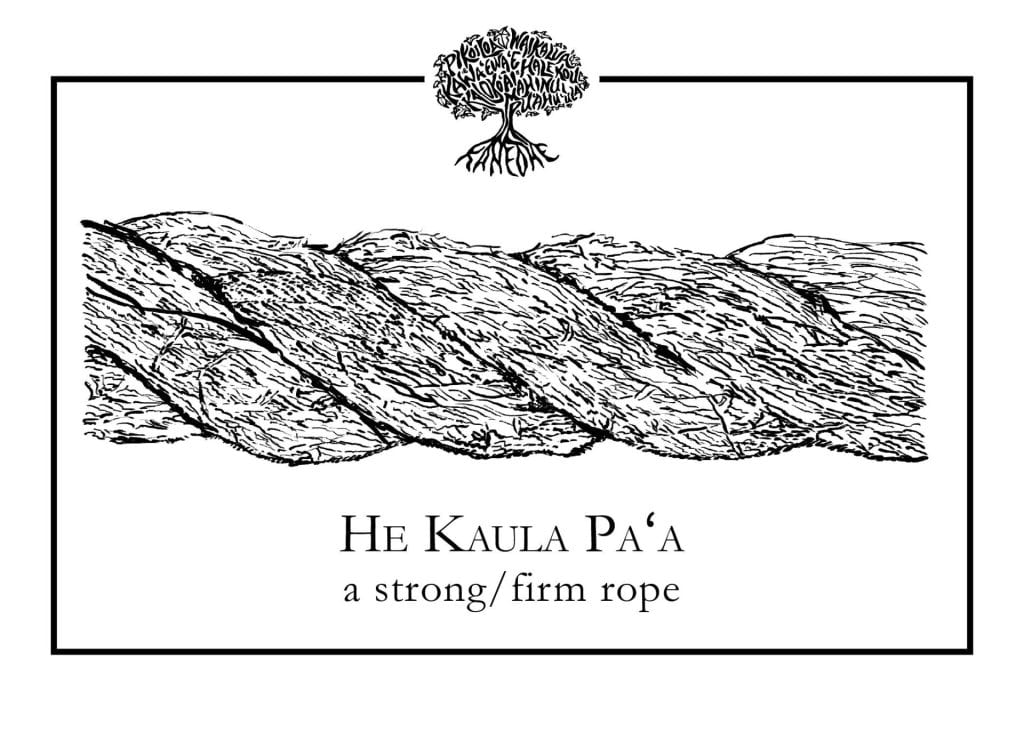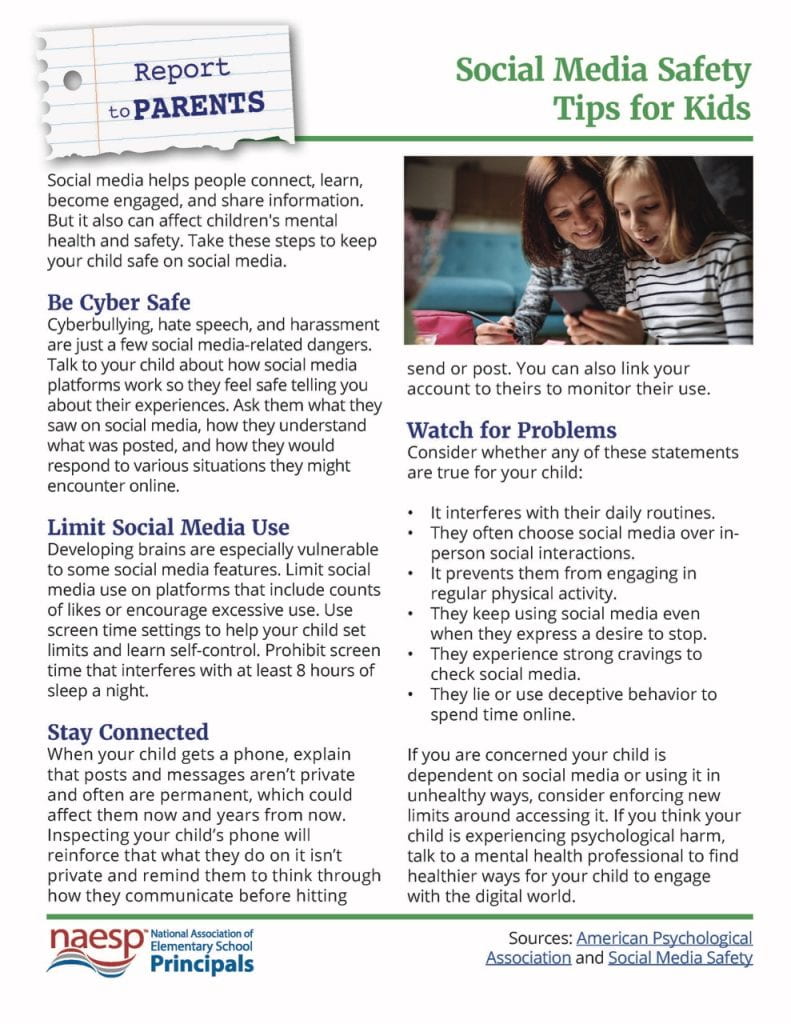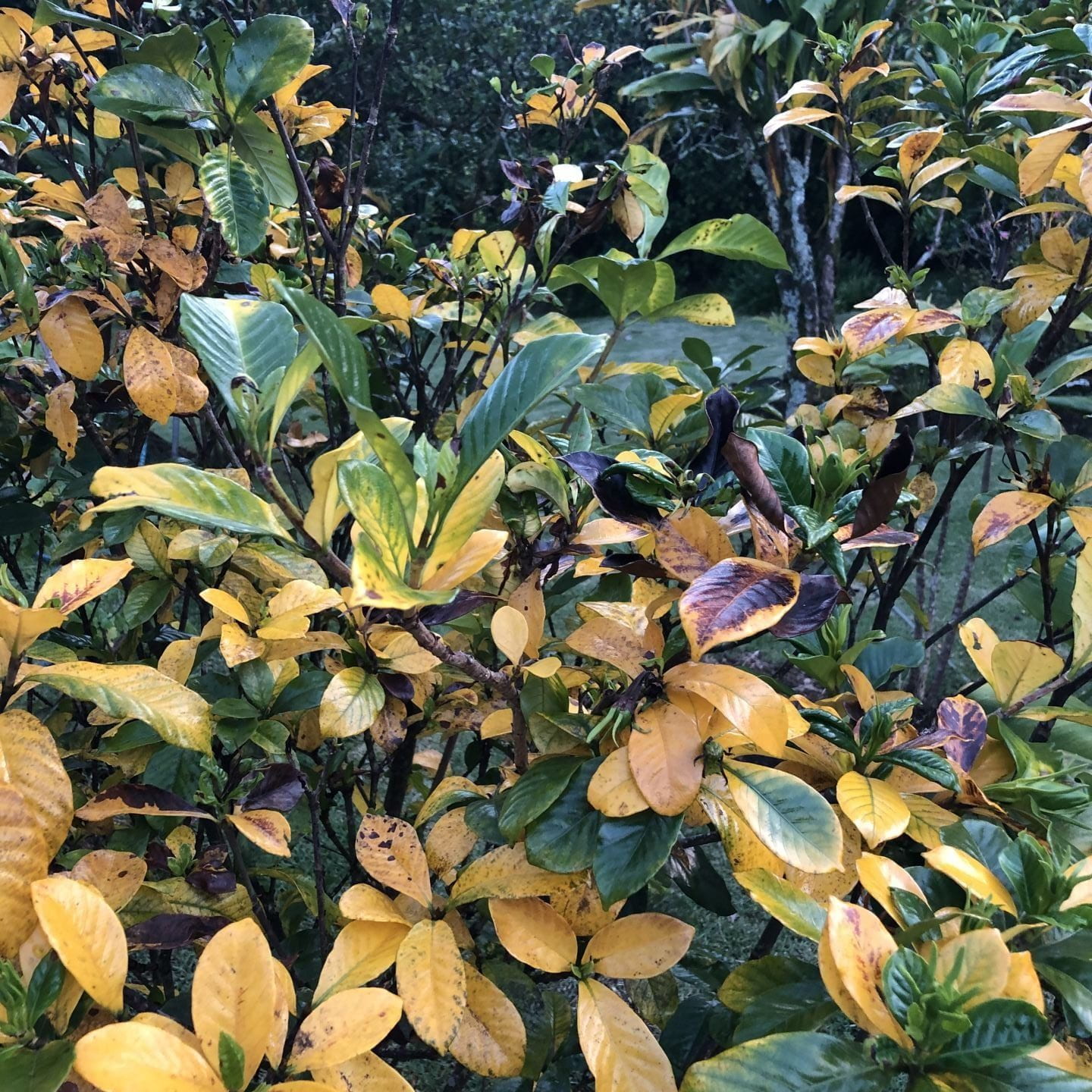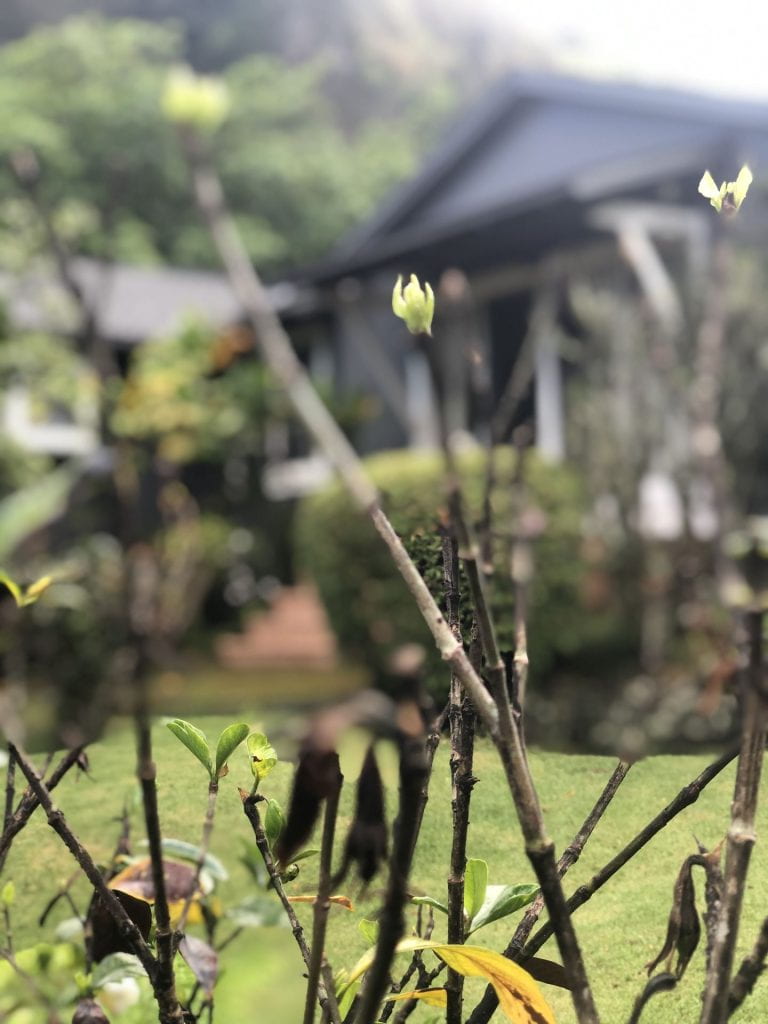E hōʻoluʻolu mai i kō ʻoukou mau naʻau: comfort your hearts
Pukui, Mary Kawena, Elbert, Samuel H. (1965). Hawaiian Dictionary
ALOHA FOCUS FOR THE WEEK: ʻOLUʻOLU
As I get older, my visits to the doctor become more frequent. As much as I bemoan these long, repetitive visits, I am thankful my doctor is thorough and proactive. In addition to the regular battery of tests, he typically conducts a long, probing interview covering all of my habits, sources of stress, food choices, and activities. He then considers my own observations and factors them into his diagnosis. Through this process, many positive outcomes emerged that will hopefully help me live longer. For example, he saw a connection between my complaints about walking into low hanging cabinets and my jokes about relying on my phoneʻs flashlight to read the menu at restaurants. He then referred me to an oculoplastic surgeon who found that my eyelids were drooping so much, they cut off a third of my field of vision. This led to my getting eyelid surgery to improve my vision.
Contrast that to the experience of Rebecca Hiles whose doctor misdiagnosed her chronic shortness of breath as a symptom of her obesity. Her doctor looked at her and told her to lose weight and get more active. When her symptoms persisted, Ms. Hiles was prescribed multiple medications to no avail. Finally, after eight years, Ms. Hiles found a new doctor that saw past her weight, listened to her concerns, and eventually found a tumor in her lungs. While the diagnosis was made in time to save her life, her entire left lung needed to be removed. Had her original doctor took the time to listen, connected instead of correcting her for being obese, her cancer would have been discovered much sooner and possibly saved her lung.
My mentor, Pono Shim observed that too often we chose to correct instead of connect with others. We make quick judgements and then tell people what to say, what to read, and how to behave. Our “muscle” for connecting with others has atrophied. Our impatience and proclivity to act fast has muted that skill.
Instead of correcting, Pono would connect. If someone asked for his advice regarding a problem, Pono would listen and then he’d tell a story. He wouldn’t tell them what to do, but within the story, the person would find connections, meanings that spoke to their specific situation. It was if Pono were a doctor and his stories, the medicine people needed.
We can do the same within a school. Psychologist, Dr. Jody Carrington once said,
Every time you hear yourself say, that kid is ʻattention seekingʻ, replace it with that kid is ʻconnection seekingʻ, and see how your perspective changes.
Too often our impatience and desire to control rushes us to correct. Instead of connecting and diagnosing the behaviors. We warn. We assign detention. We take away privileges. Essentially, we strip students of their agency and make them dependent on us to hold them accountable and solve their problems.
Instead, we can foster self-reliance by supporting students in solving their own problems. We do this by following Pono’s example. We ask questions. We listen. We empower kids to acknowledge their own accountability and help them develop their own solutions. Ultimately, this a skill they will need as adults. As Pono so aptly put it, connections are medicine.
5 PURSUITS of ʻOLUʻOLU
Inspired by Gholdy Muhammad
Please watch this: Say Something written and illustrated by Peter Reynolds. Then with you child, answer the following:
- IDENTITY: Ask your kupuna what they love about Kāneʻohe or your neighborhood. Then ask them one thing that needs to be better. Talk about one thing you can do together to “say something.”
- SKILLS: What do you think are some of the specific things the people on the cover of the book are saying? What is the illustrator communicating with words, faces, postures, and props?
- INTELLECT: Read an article and learn about kids like you who took action and “said something” for something they cared about.
- CRITICALITY: Talk about how we can spread more Aloha in our school community. What are ways we can speak up to let others know we care or help support people?
- JOY: Print out and fill-in this word bubble with something ʻoluʻolu you would like to say.
KINDERGARTEN PREVIEW
Do you have a child that will be entering kindergarten this fall? Please join us on Wednesday, February 7, 5:30 – 6:30 PM for our Kindergarten Preview. At this event, participants will:
- Meet our teachers and support team;
- Visit our classrooms;
- Get a snapshot of what kindergarten looks like at Kāneʻohe Elementary;
- Participate in Parent-Child activities; and
- Learn how to enroll in our Kindergarten Smart Start Summer Program.
Please feel free to share this invitation with anyone you know with an incoming kindergartener.

We are also accepting applications for kindergarten. If your child requires a Geographic Exception (GE), please submit your application as soon as possible. The deadline for submittal is March 1, 2024. All kindergarten GEs received after the deadline will be placed on a waiting list and will be accepted as space becomes available. If you have any questions about this or any other kindergarten related business, please call me or our registration clerk, Brigette Leavy, at 305-0000.
SEE SPONGE BOB SQUAREPANTS THE MUSICAL LIVE AT CASTLE
Buy your tickets now to see our wonderful performers across the Castle Complex including, Kaeten Miyashiro Manatad; Kameron Goohue-Souza-Kaululaa; Kobe Bruhn; Sariah Ava; Ariana Tanoye; Grezyn Nagao; and Makalehua Pelletier, in Sponge Bob Squarepants the Musical (Youth Version) There are only three shows, February 23 – 25. so secure your seat today at https://www.showtix4u.com/event-details/79651
HOW TO BE A THERMOSTAT INSTEAD OF A THERMOMETER
Even the prison walls could not contain Dr. Martin Luther King Jr.’s words and ideas on transforming America to be less hateful and oppressive. In his Letter from Birmingham Jail, Dr. King called on the church and society to not just be a thermometer but to be a thermostat. In his analogy, a thermometer records the ideas and principles of popular opinion, while a thermostat regulates and changes the mores of society. In the same way, we (parents, students, and staff alike) too can be a thermostat in our school community. Read how in this inspiring Edutopia article: 3 Ways to Be a Thermostat, Not a Thermometer
CONTINUED PRACTICES:
NOʻAHUNA OF ALOHA
See Uncle Pono Shim explain the Noʻahuna, the esoteric meaning, of Aloha as taught to him by Aunty Pilahi, the Keeper of Secrets.
WEAR PINK FOR MAUI WEDNESDAYS
Join us in letting “that light, that divine inspiration that Aunty Pilahi Paki says is given to you at your very beginning, come through and let your ALOHA join with the ALOHA of the collective to bring about healing.”
DAILY VIRTUAL PIKO
At the Daily Piko, we share thoughts on the Aloha value for the week which helps us become centered and ready to learn. We begin at 8 AM everyday except Wednesdays.
UPCOMING EVENTS
| Tues, Jan 30, 2024, 4:30 PM | Wellness Meeting Join by Zoom |
| Wed, Jan 31, 2024, 5 PM | School Community Council Meeting Join by Zoom |
| Fri, Feb 2, 2024, 6 – 7 PM | Family STEM Night in the Cafe Register here |
| Wed, Feb 7, 2024, 5:30 – 6:30 PM | Kindergarten Preview in the Cafe RSVP here |
